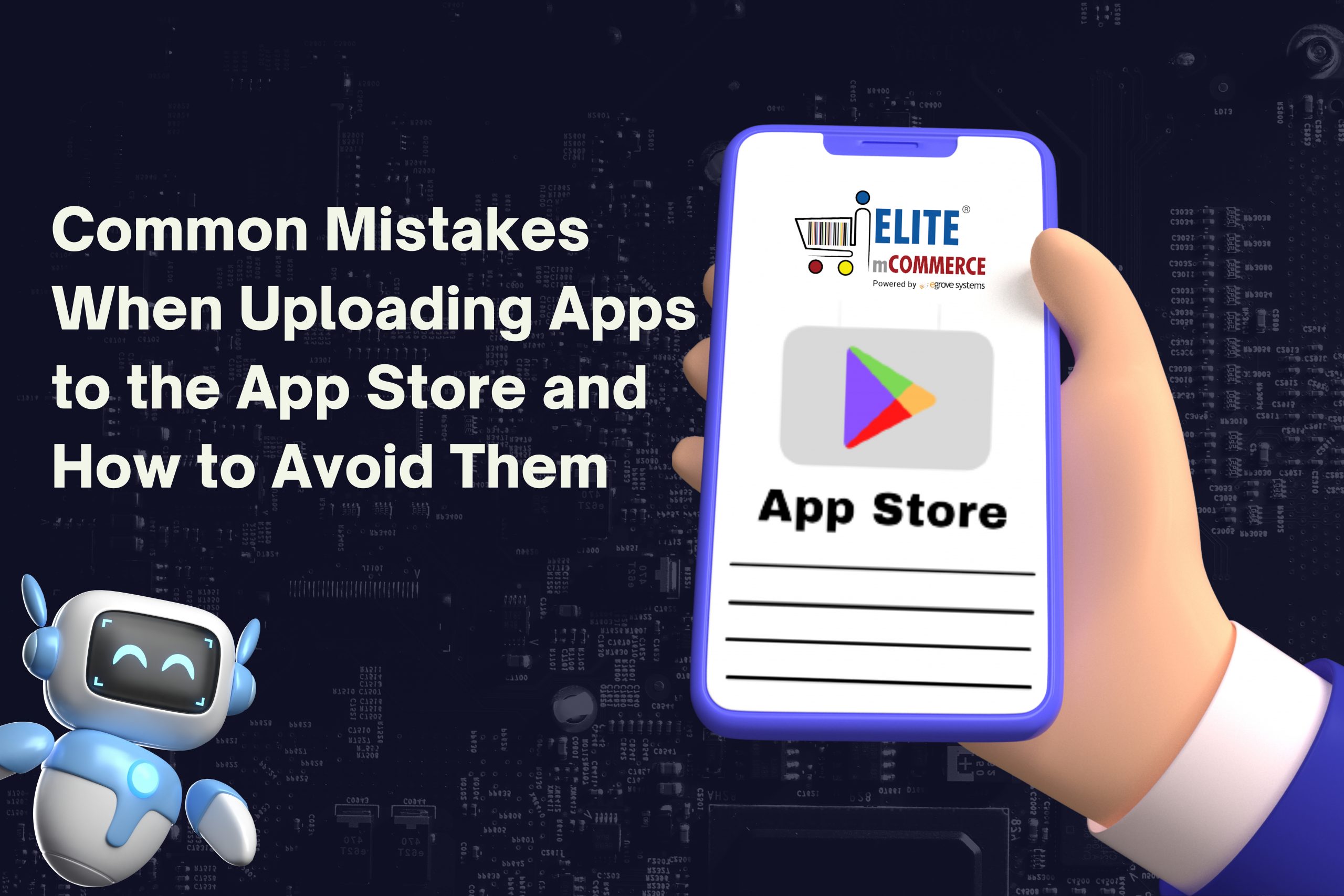Gone are the days when computers were used for online shopping. The advent of smartphones has shifted user’s interest to mCommerce. People want to purchase their desired products as conveniently as possible. Whether it’s booking accommodation or buying groceries and food, there’s nothing the smartphones can’t do. To leverage this wonderful opportunity, brands have embraced mobile app development.
The number of online shoppers is expected to skyrocket in 2020. According to the research, the app market will reach 6.3 trillion by the end of 2020. With that being said, mobile apps have become a necessity for companies. Let’s have a look at the mobile app development process steps to learn more about this market.
Market Research and Idea Validation
Have you ever wondered how to develop an app or how does the development process start? The app-building process starts with an idea. Once a concept is decided, the developers start market research to assess the viability of the idea. This step involves the following:
Read Also: 4 Best Mobile Apps of Elite mCommerce
- The main objective of the application
- Target audience
- USP of the special feature of the app
- Competitor research and analysis
- Development timeframe and estimated cost
- Mobile application development process flow
Once the analysts conduct market research, they move to the next step which is:
UX and UI Design
The success of an app majorly relies on its user interface and user experience. The User Interface involves the graphic designing and overall app structure whereas UX is about the user engagement and experience with the application. Only a professional mobile app development company can select and implement a user-friendly and customized design that boosts your app’s engagement and retention rate.
The process involves information architecture & workflows, style guides, wireframes, prototypes, mockups, and other UI/UX elements.
App Development Process
Once the basics of the mobile app development process are covered, the next step involves the actual coding part. In this process, the developers work on the app building process by developing codes. The iOS or Android app development process covers back-end servers, front-end servers, and APIs.
The developers choose a suitable app development framework to execute the application development process efficiently. JAVA is the most famous coding language for Android apps while Swift Programming is used for iOS app development. Nowadays, developers are using the React Native framework / Flutter to develop both iOS and Android apps by re-using the same code.
Application Testing & QA
Testing is one of the most crucial mobile app development steps. It allows you to test the app and find out if its functionalities and design matches the app idea you had developed initially. Testing is performed to review the quality of the app and detect any possible bugs that could impact the user’s experience.
You wouldn’t want your brand app to malfunction on a user’s device and give a poor in-app experience. Hence, you must invest in app testing and QA process after the completion of the development process. The testing process will involve a thorough examination of your mobile app and ensure that all the technical, security, functionality, usability related bugs are fixed.
App Launch and Deployment
Once the development and testing part is over, the app is ready to be launched in the app market. You can launch either the final version of the app or only for selected people. This is mostly done when brands want their app to be checked by the internal team or selected clients before it is launched in the play store for the general public.
Your app must meet the general guidelines of the app store. Once it is launched, people will be able to find and download it from the app store.









Great post to understand various points about mobile application development.